 Family estrangement refers to the loss of a former relationship between parents and children, siblings or other extended family members. Holidays are times when this estrangement can lead to anxiousness, PTS and other conditions. Estrangement reflects physical or emotional distancing and minimal contact or communication for an extended period. It can result from many things: physical, sexual, verbal, child or elder abuse, neglect, divorce, trauma, money, inheritances, substance abuse or something else. When people are estranged from their parents, their feelings may often be complicated. There may be a mix of relief, grief, sadness or anger. Often they see the decision to cut ties with that family member as a life-saving measure.
Family estrangement refers to the loss of a former relationship between parents and children, siblings or other extended family members. Holidays are times when this estrangement can lead to anxiousness, PTS and other conditions. Estrangement reflects physical or emotional distancing and minimal contact or communication for an extended period. It can result from many things: physical, sexual, verbal, child or elder abuse, neglect, divorce, trauma, money, inheritances, substance abuse or something else. When people are estranged from their parents, their feelings may often be complicated. There may be a mix of relief, grief, sadness or anger. Often they see the decision to cut ties with that family member as a life-saving measure.
Estrangement: An example
One young man I’ve worked with was sexually abused for 5 years as a  child by his older, schizophrenic brother after his father died. When he finally told someone at his school, the Department of Social Services intervened. He was moved to his aunt’s house where he lived until graduation. Since he has no contact with that brother who currently lives with their mother, he also has no communication with her. This is a choice he made for his own mental health. He believes his mother chose his brother’s well-being over his own. In order to move on with his life and cultivate healthier relationships, he needed to sever their communication. He still deals with his traumatic past when memories arise periodically, but he’s been able to find a loving partner and create his own family.
child by his older, schizophrenic brother after his father died. When he finally told someone at his school, the Department of Social Services intervened. He was moved to his aunt’s house where he lived until graduation. Since he has no contact with that brother who currently lives with their mother, he also has no communication with her. This is a choice he made for his own mental health. He believes his mother chose his brother’s well-being over his own. In order to move on with his life and cultivate healthier relationships, he needed to sever their communication. He still deals with his traumatic past when memories arise periodically, but he’s been able to find a loving partner and create his own family.
How to manage the holidays with estranged family members
If you decide to see estranged family members over the holidays, it’s critical to establish clear, firm boundaries about your contact. Consider emailing in advance. Let et them know what you don’t want to discuss and what you do. Often these visits can be very triggering and activate old wounds.
If you feel afraid that the contact will not be safe for you, it’s okay not to push yourself.
Ask yourself these questions if you choose to interact:
-
-
 How long can I actually spend with this person before I start to feel overwhelmed or uncomfortable?
How long can I actually spend with this person before I start to feel overwhelmed or uncomfortable?- What is my safety plan for when I am triggered?
- Who is my ally in this situation? What is my plan for checking in with them throughout the gathering?
- How can I appropriately leave when I need to and where will I go?
- Who will help me process this experience when it’s over just in case I need that?
-
Whether you choose to connect with an estranged family member or not, check in with yourself. This has been a hard year, make sure you aren’t putting more on your shoulders than you can handle this year.
Read more blog posts:
- Family, Forgiveness and ADHD: Loving and letting go, during and beyond the holiday season
- Plan Now for A Happier Family Holiday Season
- Gratitude in an Age of Uncertainty
Source: Span, P. (2020, September 10). The causes of estrangement, and how families heal. The New York Times. Retrieved December 20, 2021, from https://www.nytimes.com/2020/09/10/well/family/family-estrangement.html

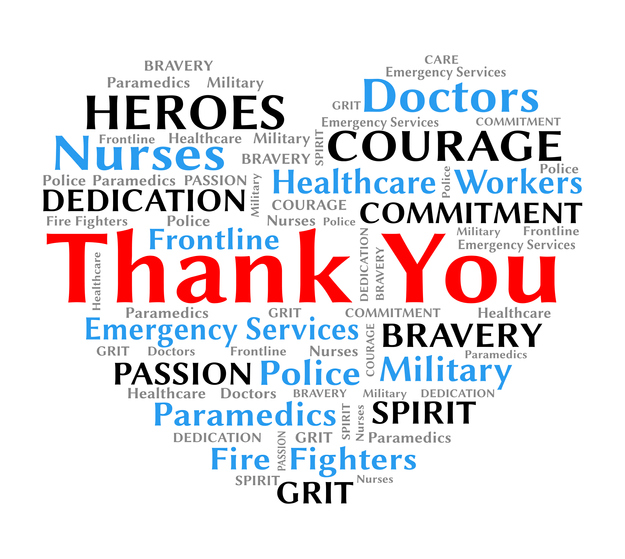

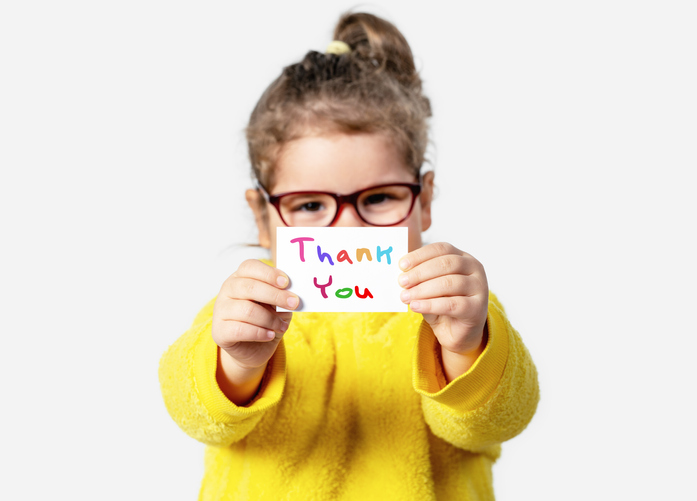

 The day after Thanksgiving is often filled with Black Friday shopping. But, it’s also a holiday. On October 8, 2008, President George W. Bush signed
The day after Thanksgiving is often filled with Black Friday shopping. But, it’s also a holiday. On October 8, 2008, President George W. Bush signed  My heart goes out to teens and young adults. Staying compassionate, offering to collaborate on tasks and being available to talk through emotions is critical in reducing teen stress and anxiety during this pandemic. Don’t try to solve issues. Offer suggestions and avoid getting hurt if they aren’t taken. Young adults often like to figure things out for themselves, which means trial-and-error learning. Sometimes the best support you can give is managing your own frustrations, sharing your feelings without blame or guilt and validating their successes.
My heart goes out to teens and young adults. Staying compassionate, offering to collaborate on tasks and being available to talk through emotions is critical in reducing teen stress and anxiety during this pandemic. Don’t try to solve issues. Offer suggestions and avoid getting hurt if they aren’t taken. Young adults often like to figure things out for themselves, which means trial-and-error learning. Sometimes the best support you can give is managing your own frustrations, sharing your feelings without blame or guilt and validating their successes.  playing a fun video game. It’s easy for teens to dismiss what they have in favor of longing for what they don’t. Help them shift their perspective to see the positive things that are going on instead of focusing on the things they are missing.
playing a fun video game. It’s easy for teens to dismiss what they have in favor of longing for what they don’t. Help them shift their perspective to see the positive things that are going on instead of focusing on the things they are missing.

 In the course of the past few months, I’ve seen a few major habits in teens that seem to be hurting their mental health more than help them. Here are my recent observations and some tips to turn these behaviors around.
In the course of the past few months, I’ve seen a few major habits in teens that seem to be hurting their mental health more than help them. Here are my recent observations and some tips to turn these behaviors around.
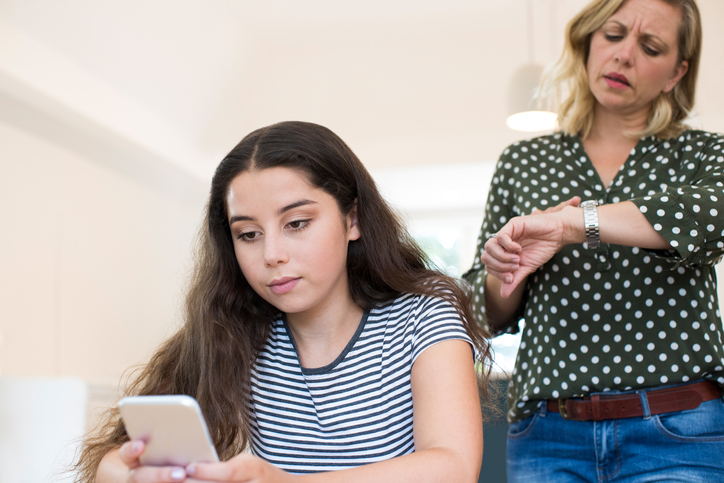

 It’s amazing how a small spark of miscommunication or defiance can trigger an explosion in families, especially those living with ADHD. For kids who struggle with executive functioning challenges including working memory, behavioral control and emotional regulation, parents aren’t often sure how to prevent or subdue these fires, symptoms of ADHD and anger, consistently. Instead, you end up playing whack-a-mole–going from one crisis to another and feeling increasingly burned out by the stress from these intense interactions. How can you prepare for the unpredictable nature of angry outbursts, without also resorting to unproductive threats, fruitless punishments and yelling?
It’s amazing how a small spark of miscommunication or defiance can trigger an explosion in families, especially those living with ADHD. For kids who struggle with executive functioning challenges including working memory, behavioral control and emotional regulation, parents aren’t often sure how to prevent or subdue these fires, symptoms of ADHD and anger, consistently. Instead, you end up playing whack-a-mole–going from one crisis to another and feeling increasingly burned out by the stress from these intense interactions. How can you prepare for the unpredictable nature of angry outbursts, without also resorting to unproductive threats, fruitless punishments and yelling? 
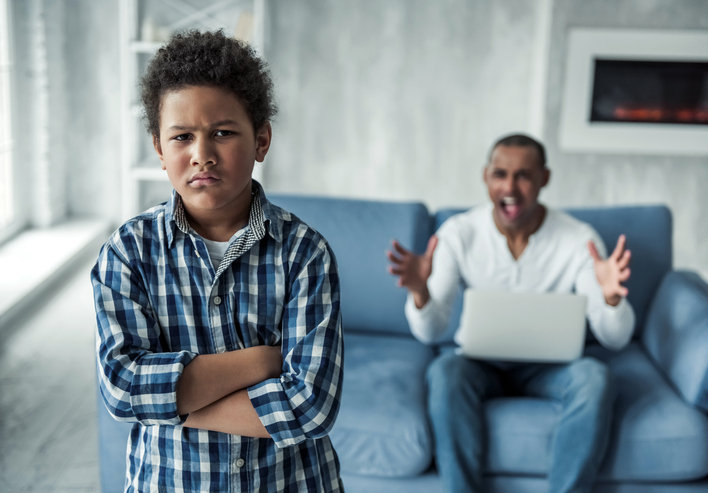
 When young male deer or elk come of age, their antlers are covered in velvet. These bulls need to remove this velvet and they rub against trees to do this. They eat, drink, frolic with comrades and continue to come back to the tree for respite and aide.
When young male deer or elk come of age, their antlers are covered in velvet. These bulls need to remove this velvet and they rub against trees to do this. They eat, drink, frolic with comrades and continue to come back to the tree for respite and aide.  They need assistance taking off their velvet and transitioning to adulthood. Our children do the same. We are the tree: we stay rooted, we weather storms, we offer protection, we may be punctured by a sharp poke from an antler. But we are steady, dependable and strong. The tree never yells at the elk and tells them to back off and go away. The tree may lack the necessary bark to help with the removal of the velvet and may not be able to meet the buck’s needs. That is okay. The bull can roam elsewhere, eventually returning for another attempt to rub away the remnants of adolescence with the bark of that familiar tree.
They need assistance taking off their velvet and transitioning to adulthood. Our children do the same. We are the tree: we stay rooted, we weather storms, we offer protection, we may be punctured by a sharp poke from an antler. But we are steady, dependable and strong. The tree never yells at the elk and tells them to back off and go away. The tree may lack the necessary bark to help with the removal of the velvet and may not be able to meet the buck’s needs. That is okay. The bull can roam elsewhere, eventually returning for another attempt to rub away the remnants of adolescence with the bark of that familiar tree. 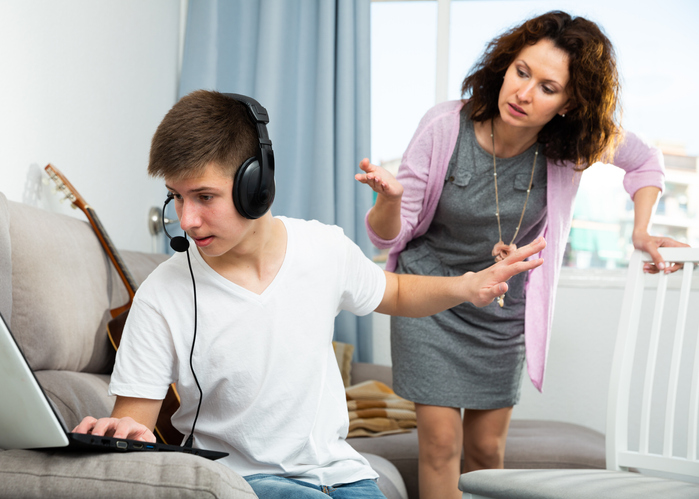

 People who are very engaged in social media must use caution to ensure that they don’t place more value on their virtual friends, or how many or few they have, versus their in-person relationships. We can all get distracted by the online world, believing that things are happening without us (FOMO: Fear of Missing Out) or feeling pressure to respond to posts immediately. This focus means that we may well struggle with interpersonal conversations, especially about difficult subjects, in real time, face-to-face with true friends. I recommend to all my clients, especially those with ADHD who can struggle socially, that sending messages or ‘talking’ online, where you don’t often see another person’s reaction, can possibly make you misinterpret their intentions. In relationship, we have to learn through interpersonal communication and time spent together in the same space to read each other’s emotional weather report and respond appropriately. When people spend more time engaged with each other rather than their screens, they perceive and understand social nuances and learn how to deal with positive and negative feelings with empathy and consideration. This enriches relationships and deepens connections. Read more:
People who are very engaged in social media must use caution to ensure that they don’t place more value on their virtual friends, or how many or few they have, versus their in-person relationships. We can all get distracted by the online world, believing that things are happening without us (FOMO: Fear of Missing Out) or feeling pressure to respond to posts immediately. This focus means that we may well struggle with interpersonal conversations, especially about difficult subjects, in real time, face-to-face with true friends. I recommend to all my clients, especially those with ADHD who can struggle socially, that sending messages or ‘talking’ online, where you don’t often see another person’s reaction, can possibly make you misinterpret their intentions. In relationship, we have to learn through interpersonal communication and time spent together in the same space to read each other’s emotional weather report and respond appropriately. When people spend more time engaged with each other rather than their screens, they perceive and understand social nuances and learn how to deal with positive and negative feelings with empathy and consideration. This enriches relationships and deepens connections. Read more: 





